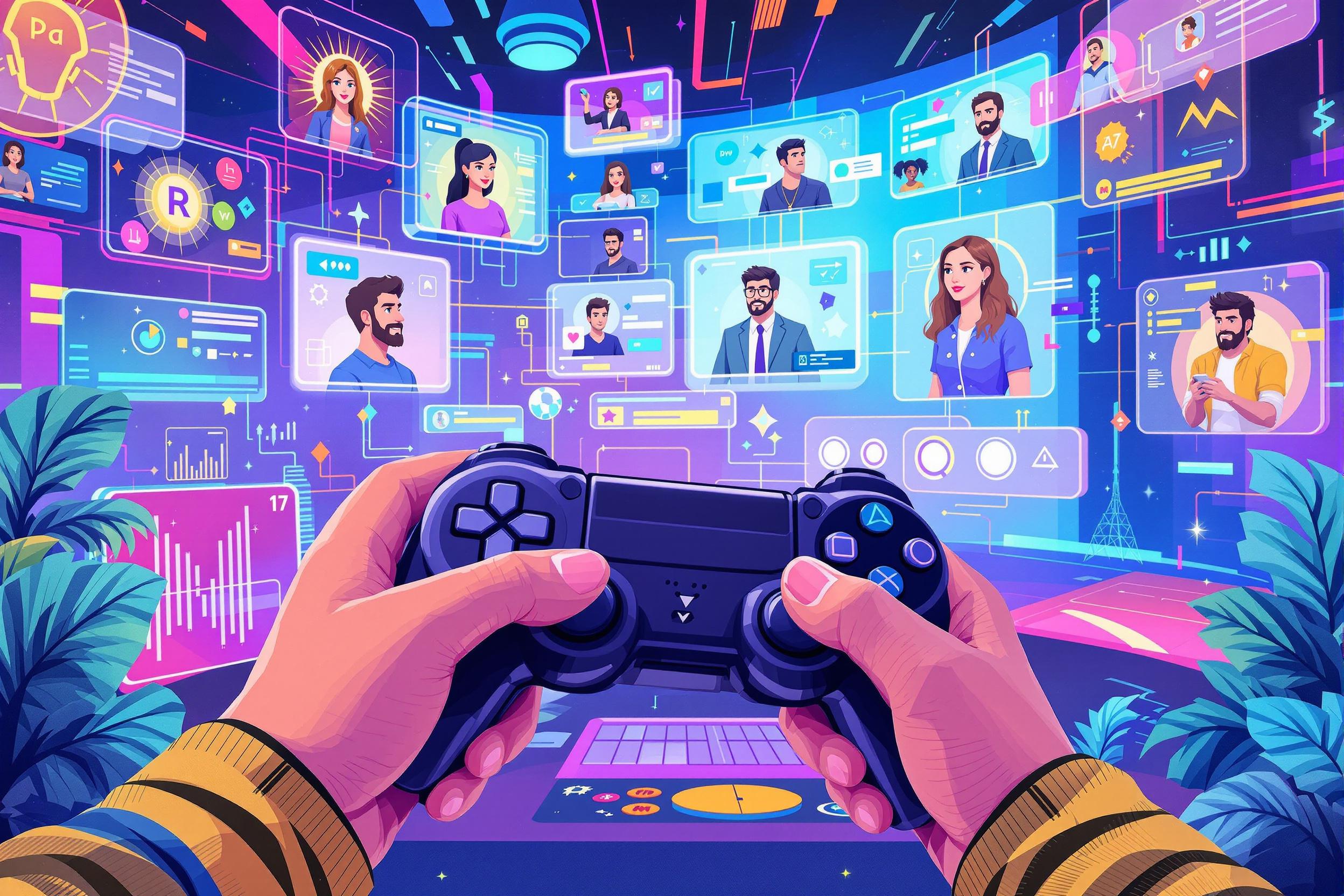
Vulkan
Vulkan is a modern tool that helps create high-quality graphics for video games, car entertainment systems, and other visual applications. Think of it as an advanced drawing system that allows computers and devices to show detailed graphics while using less power. It's particularly important in automotive systems because it can handle both entertainment features and important display information efficiently. Companies often mention Vulkan when they need someone who can make smooth, responsive visual interfaces for their products. It's similar to other graphics systems like OpenGL or DirectX, but it's newer and more efficient.
Examples in Resumes
Developed infotainment system graphics using Vulkan for next-generation vehicle displays
Optimized performance of Vulkan applications for embedded automotive systems
Created high-performance visual interfaces with Vulkan technology for car dashboard displays
Typical job title: "Vulkan Developers"
Also try searching for:
Where to Find Vulkan Developers
Online Communities
Professional Resources
Industry Events
Example Interview Questions
Senior Level Questions
Q: How would you optimize a Vulkan application for automotive displays?
Expected Answer: A strong answer should discuss managing power consumption, ensuring smooth frame rates, handling different screen resolutions, and maintaining performance while meeting automotive safety standards.
Q: Explain your experience with implementing Vulkan in embedded systems.
Expected Answer: Look for answers that show understanding of resource constraints, working with different hardware, and optimizing graphics performance on limited computing power.
Mid Level Questions
Q: What are the key differences between Vulkan and OpenGL?
Expected Answer: Should explain in simple terms how Vulkan offers better performance and more control, while requiring more detailed programming compared to OpenGL.
Q: How do you handle error checking in Vulkan applications?
Expected Answer: Should discuss methods for finding and fixing graphics-related problems, and ensuring the application runs reliably in different conditions.
Junior Level Questions
Q: What is a Vulkan render pass and why is it important?
Expected Answer: Should be able to explain in basic terms how Vulkan organizes drawing operations and why this matters for application performance.
Q: Describe the basic setup needed to display graphics using Vulkan.
Expected Answer: Should demonstrate understanding of the fundamental steps needed to initialize and use Vulkan for displaying simple graphics.
Experience Level Indicators
Junior (0-2 years)
- Basic graphics programming concepts
- Understanding of Vulkan fundamentals
- Simple rendering implementations
- Basic debugging tools usage
Mid (2-5 years)
- Performance optimization techniques
- Memory management
- Multi-threading in graphics applications
- Integration with automotive systems
Senior (5+ years)
- Advanced graphics architecture design
- System-level optimization
- Cross-platform development
- Technical leadership in graphics projects
Red Flags to Watch For
- No experience with graphics programming fundamentals
- Lack of understanding about performance optimization
- No knowledge of embedded systems constraints
- Unable to explain basic graphics concepts
Need more hiring wisdom? Check these out...

Virtual Reality in Certification Exams: How VR is Transforming Specialized Training

Unified HR Experience Platforms: Transforming the Way We Work

Level Up Your Hiring Game: How Gamification is Revolutionizing Talent Acquisition

